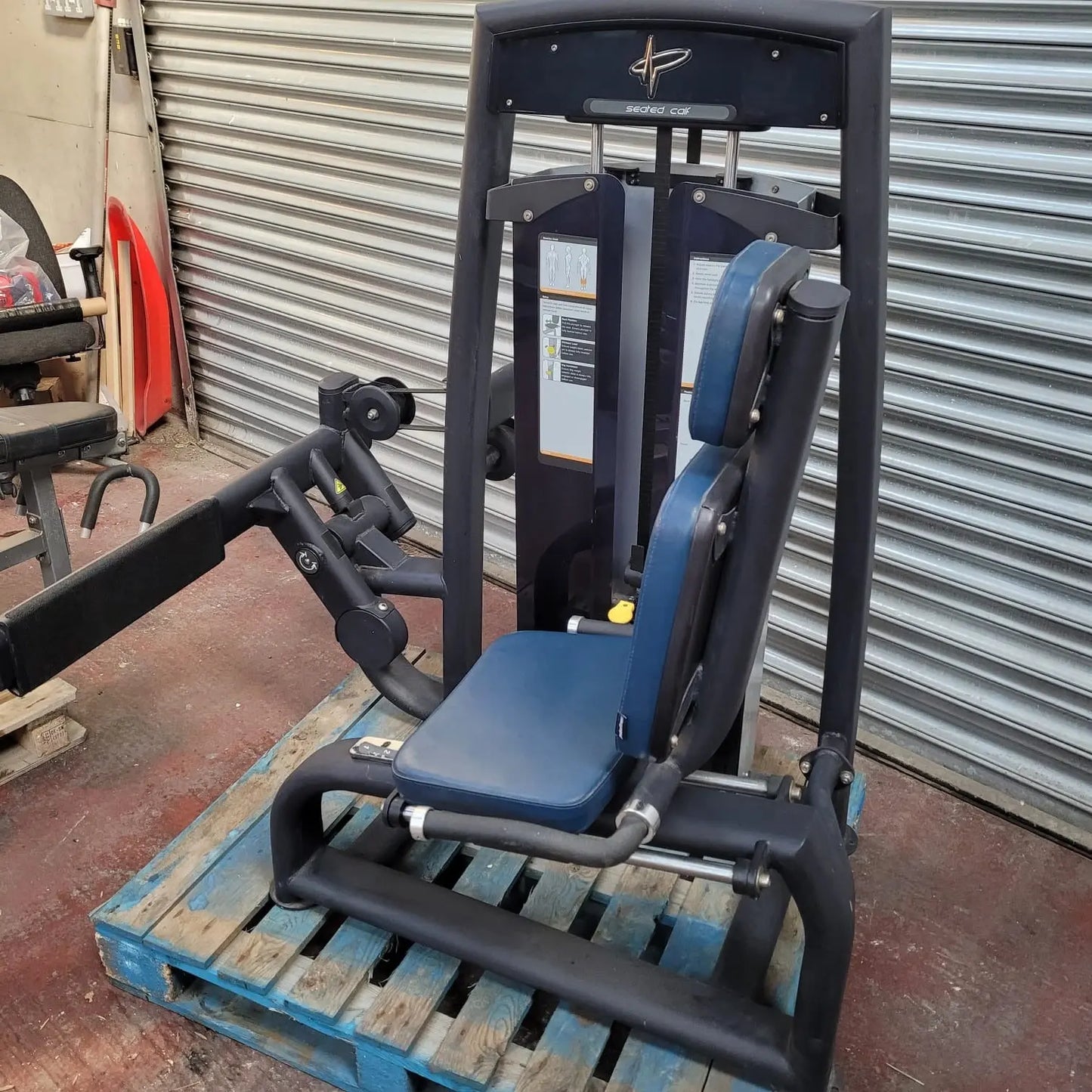1
/
of
1
Pulse Seated Calf Press
Pulse Seated Calf Press
Regular price
£595.00 GBP
Regular price
£699.00 GBP
Sale price
£595.00 GBP
Unit price
/
per
Taxes included.
Shipping calculated at checkout.
- Pulse Ascent Crosstrainer
- Good working order
At Completegyms, We are proud to offer you this seated Calf press by Pulse
Couldn't load pickup availability



